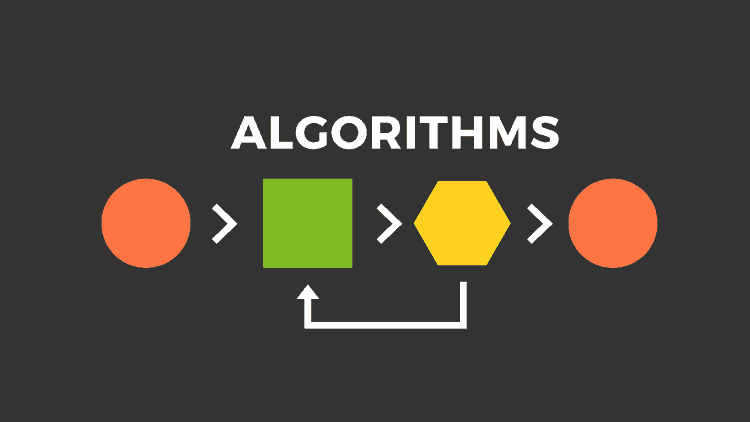Express保姆级教程-(2)中间件
中间件
概述
生活中的例子:在处理污水的时候,一般要经过一下步骤,从而保证处理后的污水能达到排放标准

中间件函数是在应用程序的请求-响应周期中可以访问请求对象、响应对象和next函数的函数
next 函数是Express路由中的一个函数,当被调用时,会在当前中间件之后执行中间件
编写中间件
普通中间件
中间件函数的示例 myLogger
1 | const myLogger = function(req,res,next) { |
注意:在中间件函数的最后需要调用
next()函数。这样会调用应用程序的下一个中间件函数。next()可以命名任何名称,因为是函数参数,但是按照惯例,使用’next’约定俗成
定义好中间件,需要挂载中间件,使应用接受请求先处理中间件。
1 | const express = require('express') |
应用程序每次接受请求,都会打印LOGGED
中间件添加请求对象属性
1 | const requestTime = function(req, res, next){ |
该程序使用requestTime中间件函数。在执行函数过程中,为请求对象req添加了requestTime属性,这样在处理请求的函数中,就可以直接获得请求对象该属性
中间件函数处理Cookie
创建中间件验证传入的cookie并在cookie无效时发送400响应
这是一个使用外部异步服务验证cookie的示例函数
1 | async function cookieValidator(cookies){ |
使用cookie-parser中间件从req对象中解析传入的cookie并将它们传递给cookieValidator函数.
validateCookies中间件返回一个Promise,在拒绝时会自动触发我们的错误处理程序
1 | const express = require('express') |
可配置的中间件
如果需要可配置的中间件,导出一个接受选项对象或函数,根据输入参数返回中间件实现
如下:
my-middleware.js
1 | module.exports = function(opstions){ |
使用中间件,如下所示:
1 | const mw = require('./my-middleware.js') |
使用中间件
Express应用程序可以使用以下类型的中间件
- 应用级中间件
- 路由级中间件
- 错误处理中间件
- 内置中间件
- 第三方中间件
应用级中间件
通过 app.use() 或app.get()或app.post(),绑定到app实例上的中间件
没有挂载路径的中间件函数。每次应用收到请求时都会执行该函数
1 | const express = require('express') |
一个挂载在user/:id路径上的中间件函数。该函数针对/user/:id路径上的任何类型的HTTP请求执行
1 | app.use('/user/:id',(req,res,next)=>{ |
一个路由和它的处理函数。该函数处理GET请求
1 | app.get('/user/:id',(req,res,next)=>{ |
路由级中间件
工作方式与应用级中间件相同,绑定到express.Router()的实例上
1 | const router = express.Router() |
使用 router.use 和 router.METHOD()函数加载路由级中间件
错误处理中间件
错误处理中间件需要四个参数,以将其表示为中间件函数。即使不需要使用
next对象,也必须指定它来维护签名。否则 会被解释成常规中间件。
1 | app.use((err,req,res,next)=>{ |
使用错误处理中间件,捕获项目的错误,防止项目发生崩溃
内置中间件
Express具有一下内置中间件函数
express.static 提供静态资源
express.json 提供JSON有效负载解析传入请求
express.urlencoded 使用URL编码的负载解析传入的请求
1 | app.use(express.json()) |
1.托管静态资源
(1)express提供了一个非常好用的函数,叫做express.static(),通过它,我们可以非常方便地创建一个静态资源服务器
1 | app.use(express.static('public')) |
Express在指定的静态目录中查找文件,并对外提供资源的访问路径。因此,存放静态文件的目录名不会出现在URL中
(2)托管多个静态资源目录
需要多次调用expres.static()函数
访问静态资源文件时,express.static()函数会根据目录的添加顺序查找所需的文件
(3)挂载路径前缀
1 | app.use('/public',express.static('public')) |
2.JSON内置中间件
1 | app.use(express.json()) |
3.urlencoded 中间件
1 | app.use(express.urlencoded({extended: false})) |
第三方中间件
配置body-parser中间件
1 | //导入解析表单数据中间件 |



